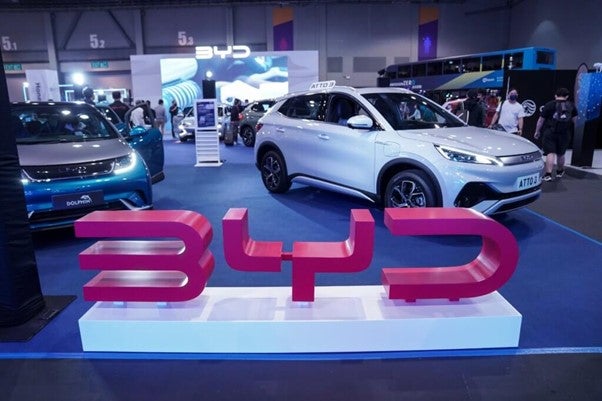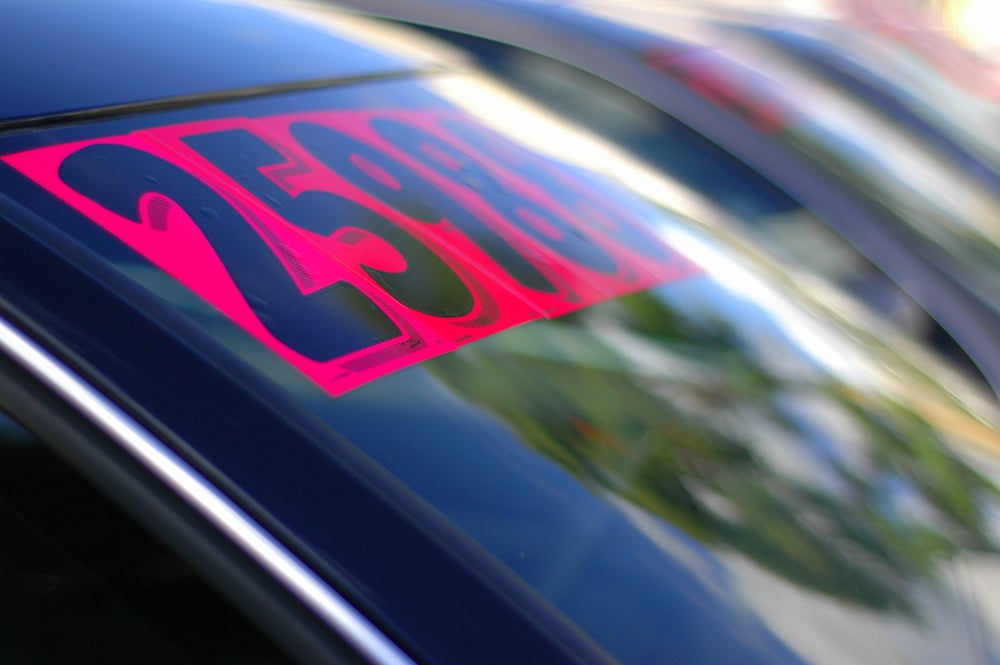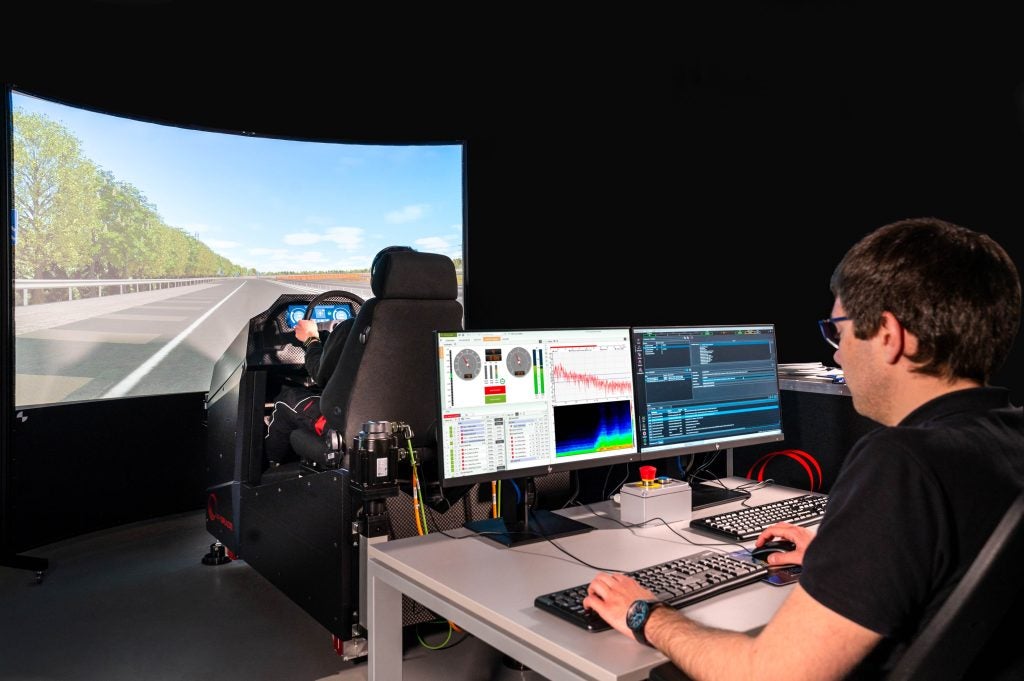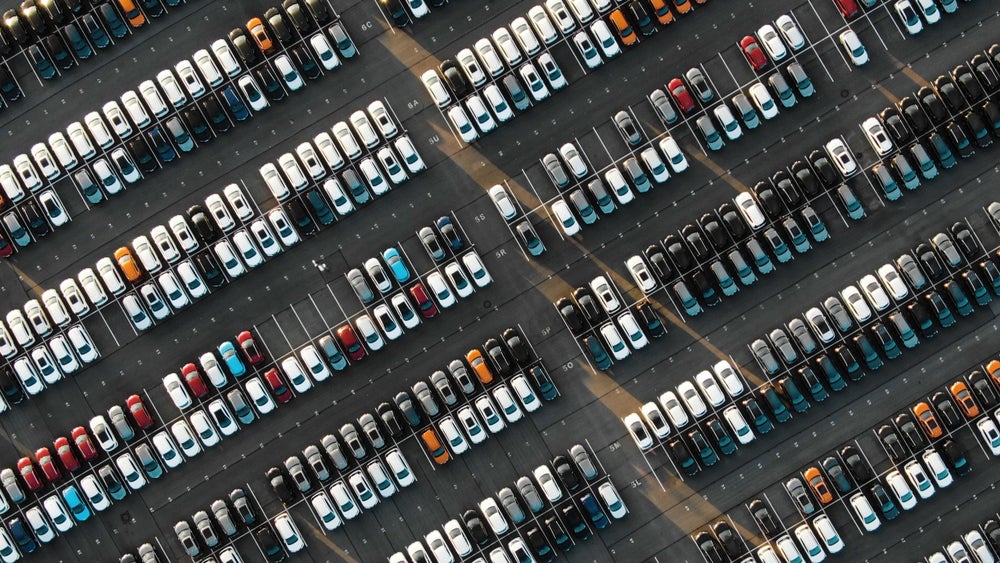With the US government pushing for higher CAFE limits and the European Commission set to impose new CO2 limits on car makers, the industry is braced for an unprecedented change, a Global Insight analyst said in a research note.
Aaron Bragman said the regulatory landscape is changing globally, from CO2-linked taxes in Europe to a likely increase in the mileage [fuel economy] requirement in the United States. In both cases, serious advancements and investments in new powertrain technology will be required, and automakers will be unable to foot the bill alone in either region.
His comments came after Global Insight held its annual Global Automotive Conference in Dearborn, Michigan, last week. Topics ranged from the progress of the Chinese and Indian markets to a snapshot of what the North American automotive production landscape will look like in 2012.
Phil Gott, Global Insight’s director of automotive consulting, has put together a study that examines the ramifications of the passage of a bill currently under consideration in the US Congress. Currently, corporate average fuel economy (CAFE) standards are set at an average of 24.6 miles per [smaller US] gallon (mpg) – a combination of 27.5mpg for passenger cars and 22.2mpg for light trucks. The Senate bill calls for an increase to 35mpg combined (42.1mpg for cars, 28.7mpg for trucks) by 2020, which is generally considered by automakers and industry to be unattainable.
Bragman noted that two competing bills in the House of Representatives are being considered: HR 1506 (the Markey bill) calls for even more stringent standards, upping combined CAFE ratings to 35mpg by 2019, with a combination of 43.3mpg for cars and 27.6mpg for trucks; while HR 2927 (the Hill-Terry bill) is supported by the industry, and calls for an increase to 32-35 mpg by 2022, with provisos that permit special allowances for automakers under certain new conditions.
How well do you really know your competitors?
Access the most comprehensive Company Profiles on the market, powered by GlobalData. Save hours of research. Gain competitive edge.

Thank you!
Your download email will arrive shortly
Not ready to buy yet? Download a free sample
We are confident about the unique quality of our Company Profiles. However, we want you to make the most beneficial decision for your business, so we offer a free sample that you can download by submitting the below form
By GlobalDataAs just-auto reported elsewhere on Friday, hybrid leader Toyota has attracted flak from US environmentalists for siding with Detroit’s Big Three on the Hill-Terry bill.
35mpg by 2020
Bragman said Gott’s study assumed that the requirement would be 35mpg combined (45mpg for cars, 30mpg for light trucks) by 2020 and determined that 35mpg was 15% better than the fuel economy of the four most fuel-efficient models available today, on average. If the entire passenger car fleet is considered, 35mpg combined represents an increase of almost 42% from the average 2006 level.
Based on a study carried out by Global Insight director of North American research, Rebecca Lindland, of American consumer preferences in relation to small cars, it was then assumed that US consumers are not going to make a dramatic shift towards smaller cars, as they simply do not fulfil the needs of American consumers.
So given the assumptions that American consumers will want to maintain their lifestyle, behavioural modification through taxation will not occur (unlikely, given the US political administration’s aversion to taxation), and fuel prices will remain elevated at their current levels, what needs to happen to the vehicles themselves in order to meet the government’s likely new standards? Or as Gott puts it, “What combination of segments, engines, and drivetrains would give you the lowest-risk, lowest-cost path to 35 miles per gallon by 2020?”
Gott’s study concluded that nothing short of a massive shift in powertrain technologies would be required to meet the new CAFE standards. By 2020, nearly two-thirds of the US vehicle fleet would need to be powered by a direct-injection engine (either petrol or diesel), downsized from the current displacements and turbocharged.
Diesel would need to comprise one-third of the market. Half of all vehicles would need to be one of the four forms of hybrid, and half of those hybrids would also need to be diesel-equipped.
30% more powertrain cost
According to Gott, the variable cost impact necessary to introduce such a stunning shift from port-injected gasoline engines (the vast majority of US powertrains) to the new configurations would require a staggering amount of investment. Automakers would face powertrain costs that are a minimum of 30% more expensive than the current lowest-cost technology, costs that would very likely be passed on to consumers.
But the even bigger impact would come from the investment required in order to build the infrastructure that can make the new technologies. Automakers would have to make a capital investment in components to install direct-injection technology on 8m engines for the US market, invest in component plants and suppliers to make components for an additional 8m hybrids, and construct the equivalent of eight new diesel-engine manufacturing plants at a cost of nearly US$1bn each, not including associated fuel-injection and emissions controls systems manufacturing.
Suppliers would have to be able to make up to 12m turbochargers a year, or more if two-turbo systems become more common.
Investment in plants, technology, research, and products that can fulfil these goals would have to start occurring now.
According to Gott, new drivetrain technologies routinely require 10-15 years before they achieve “mainstream” status in the market, such as the advent of port fuel injection, four-valve cylinder heads, front-wheel-drive, and so on.
Investment needed now
If the technologies described above are to be available in the quantities mentioned, pretty much the only reasonable way to achieve the likely government standards, massive investments must be made now in order to begin heading down that road.
“But the big problem is that none of the domestic automakers has the kind of cash on-hand necessary to undertake that kind of endeavour. Neither has the government shown a willingness to foot any significant portion of the bill either,” Bragman wrote.
“This leaves the situation in limbo, with a worrying combination of a populace that resists increased taxes to bring about behavioural change, a cash-strapped domestic industry just trying to stay afloat amid stiff international competition and detrimental economic conditions, and a political body that has proven itself more than capable of creating standards meant to show action on climate change with little in the way of support for making these attainable.
“It is highly unlikely that any true changes will come about to CAFE standards before the end of the George W Bush administration; certainly any legislation passed by Congress will receive a presidential veto, as President Bush has stated that he feels that new mandates should come from experts at the Environmental Protection Agency and the National Highway Traffic Safety Administration, and not from Congress.
“However, the writing on the wall says that CAFE increases are only a matter of time, and action will thus soon have to be taken one way or another to pursue these new technologies.”







